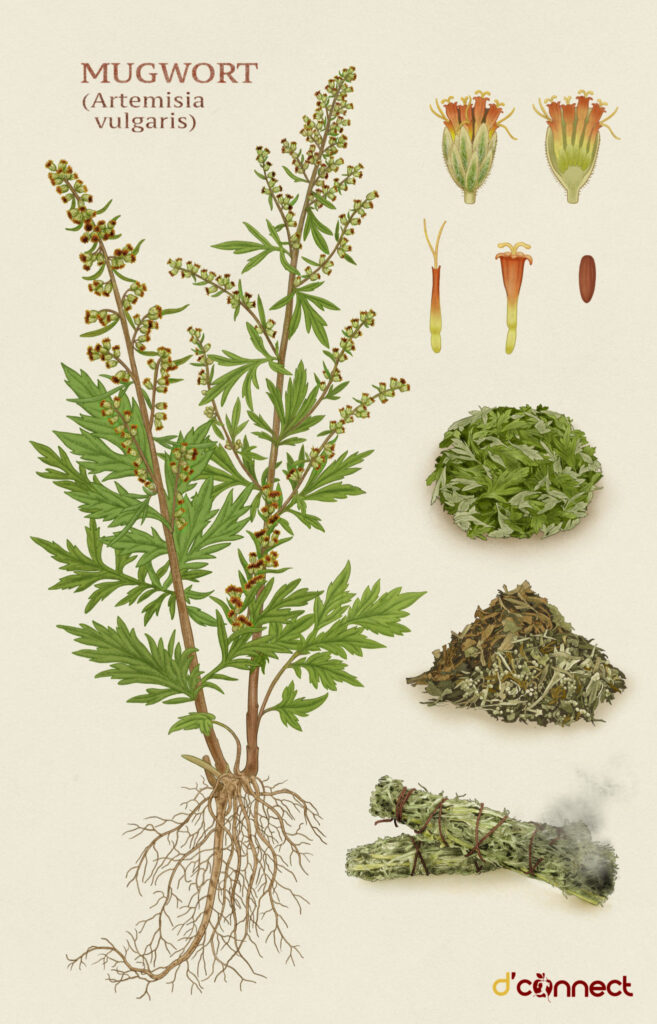Mugwort leaves (Folium Artemisia Argyi) have a long history of use in traditional medicine. Today, studies have shown that it has
- Anti-inflammatory
- Antitumour
- Antimicrobial, and
- Antioxidant properties
It can also assist with type 2 diabetes and enhance sleep quality.
Since not many of us are familiar with this amazing plant, we’ll first look at the parts of the world where Mugwort leaf is native.
It is a perennial plant that is native to Europe and parts of Asia and Africa. It now grows in many parts of the world, including New Zealand.
Mugwort leaves have been integral to ancient healing practices, promoting digestion, relieving pain, and harmonizing the body’s vital energies.
For its medical use, culinary use and other benefits, please go to the full article here.

If you are interested in a hot foot bath with mugwort leaves, have a look here.

